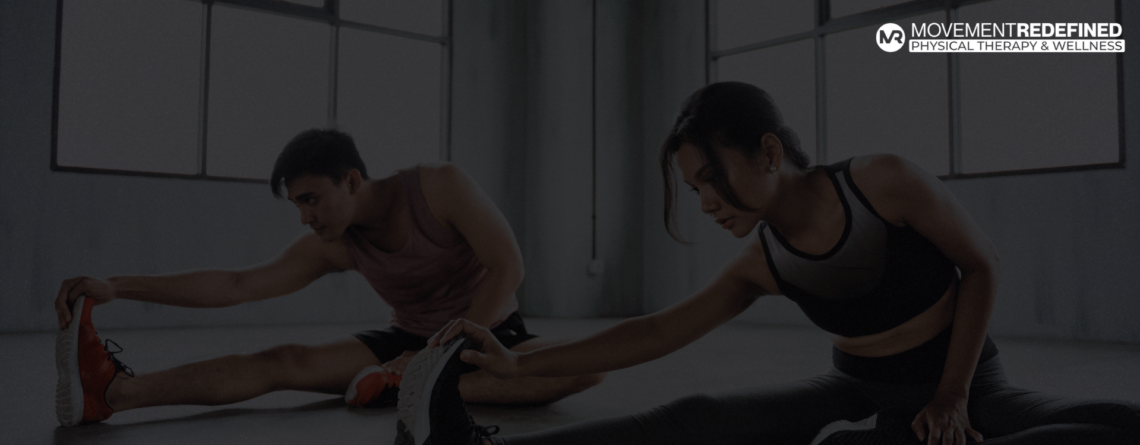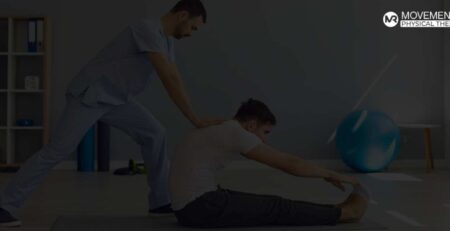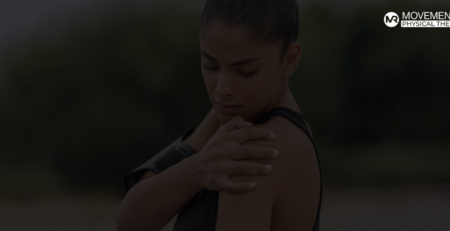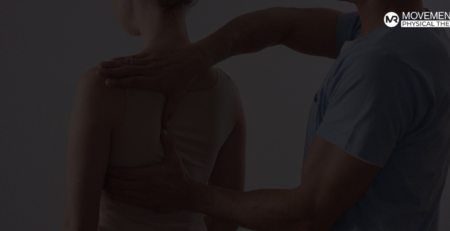Static vs. Passive Stretching for Flexibility & Pain Management
When it comes to improving flexibility, reducing muscle tightness, and preventing injuries, stretching plays a vital role. However, not all stretches are created equal, and understanding the differences between static and passive stretching can help you optimize your routine for better results. In this blog, we’ll explore the key differences between these two forms of stretching, their benefits, and how incorporating the right type into your stretch therapy can enhance your overall health and well-being.
What Is Static Stretching?
Static stretching is a technique where you stretch a muscle to its farthest point and hold that position for a period of time, usually between 15 to 60 seconds. This form of stretching is common in fitness routines and is typically performed after a workout when the muscles are warm.
Benefits of Static Stretching:
- Improves Flexibility: Holding a stretch allows the muscle fibers to lengthen, improving range of motion and overall flexibility over time.
- Reduces Muscle Stiffness: Post-workout static stretching can improve your athletic performance by decreasing muscle tightness and reduce the risk of soreness after exercise.
- Increases Blood Flow: Static stretches promote circulation, which helps with muscle recovery and can reduce tension.
- Relaxation: The longer holds in static stretching allow for a calming, meditative effect, helping to relieve stress and promote relaxation.
What Is Passive Stretching?
Passive stretching, on the other hand, involves using an external force, such as a partner, a strap, or even gravity, to assist in stretching a muscle. Unlike static stretching, where you are in control of the stretch, passive stretching relies on an external source to help you hold the stretch for an extended period.
Benefits of Passive Stretching:
- Deeper Stretching: With assistance from an external force, you can often achieve a deeper stretch than you would with static stretching alone, leading to improved flexibility.
- Less Effort Required: Passive stretching allows your muscles to relax completely while the stretch is applied, making it an excellent choice for individuals recovering from injury or those looking for less intense stretching.
- Enhanced Muscle Relaxation: Since you’re not actively engaging your muscles, passive stretching can be more relaxing and may lead to better tension relief, especially for muscles that are particularly tight or sore.
- Ideal for Rehabilitation: Passive stretching is often used in physical therapy to gently increase range of motion for those recovering from injuries or surgeries.
Key Differences Between Static and Passive Stretching
While both static and passive stretching aim to improve flexibility and reduce muscle tension, the key difference lies in how they are performed. Static stretching is self-applied and requires you to actively hold the position, while passive stretching relies on an external force to help you maintain the stretch. This makes passive stretching more beneficial for deep tissue release and relaxation, while static stretching is better suited for everyday fitness routines and post-exercise recovery.
How to Choose Between The Two
When deciding which type of stretching to incorporate into your routine, consider your personal goals, flexibility level, and any physical limitations you may have.
- For flexibility goals: Both static and passive stretching can help improve flexibility, but passive stretching can often take you deeper into the stretch.
- For injury prevention and recovery: If you’re recovering from an injury or dealing with a chronic condition, passive stretching may be more suitable as it allows for a more controlled and less strenuous stretch.
- For post-workout recovery: Static stretching is ideal for cooling down after a workout and reducing muscle tightness.
- For stress relief: Passive stretching allows for greater relaxation, making it a great choice for those seeking to reduce stress or tension in their muscles.
Combining Both for Maximum Benefits
While static and passive stretching each have unique advantages, combining both methods can give you the best of both worlds. Start with static stretching to gently lengthen your muscles, then follow up with passive stretching to dive deeper into tight areas. This approach can be particularly beneficial if you’re working to improve your flexibility, relieve tension, or manage pain from conditions like sciatica or lower back pain.
How Stretch Therapy Can Help
Whether you’re looking to improve flexibility, manage pain, or enhance athletic performance, stretch therapy can be a valuable tool in your health and wellness routine. At Movement Redefined, we specialize in creating personalized stretch therapy plans that incorporate both static and passive stretching techniques to address your specific needs.
By working with a professional stretch therapist, you can ensure that your stretches are performed correctly and safely, minimizing the risk of injury while maximizing the benefits. Our team can help you develop a routine that improves your range of motion, alleviates muscle tension, and promotes long-term flexibility and joint health.
Book an appointment today and begin your journey to improved flexibility and pain relief with expert stretch therapy.




